Visa is making a bold move to defend its market share by diving deeper into tokenized real-world assets (RWAs). In a significant development, Visa has launched a new platform aimed at helping banks test tokenized assets and smart contracts. One of the early adopters is Spain’s BBVA, which plans to conduct a pilot using Ethereum blockchain in 2025. This new initiative aligns with Visa’s strategy to leverage tokenization to stay ahead of the curve in the digital finance space.
Visa’s Foray Into Tokenized Assets
Visa’s new platform is designed to enable global banks to interact with fiat-backed tokens. This is a continuation of the company’s push into digital assets, reflecting its intention to adapt to the evolving financial landscape. As traditional finance (TradFi) increasingly shows interest in tokenization, Visa’s entry into the space could significantly reshape the sector. Tokenization—the process of converting real-world assets into digital tokens on a blockchain—has captured the attention of central banks and financial giants like BlackRock, State Street, and Franklin Templeton.
This move isn’t just about innovation but survival. As stablecoins gain traction, traditional payment processors like Visa are feeling the pressure. According to Sacra, stablecoins are beginning to challenge Visa’s dominance in terms of total payment volume. Although Visa’s head of crypto, Cuy Sheffield, dismissed these concerns, labeling them as mere “noise” driven by automated programs, the data reveals a growing trend in favor of stablecoins.
The potential for growth in the tokenized asset sector is immense. Data from rwa.xyz shows that tokenized assets have already reached a value of $12.36 billion, with over 63,000 asset holders. Moreover, Dune data highlights $2.028 billion in assets under management (AUM) for tokenized government securities. With such promising numbers, Visa’s decision to enter this space seems timely and strategic.
Chainlink co-founder Sergey Nazarov has even suggested that tokenized RWAs could soon surpass the value of cryptocurrencies, signaling the vast potential of this market. Visa’s involvement in this sector could help it solidify its position as a leader in the digitized financial ecosystem, fending off the growing threat posed by stablecoins and other blockchain-based payment systems.
Legal Challenges Loom Large
While Visa is forging ahead with its digital asset strategy, it’s also facing significant legal battles. The U.S. Department of Justice (DOJ) recently filed a lawsuit accusing Visa of monopolizing the debit card market. According to the DOJ, Visa’s dominance in the debit space leads to inflated costs across various sectors, as more than 60% of debit transactions in the U.S. are processed through Visa’s network.
Also Read: Visa Joins Forces With dtcpay – Unlocking Crypto Payments At 130M Merchants Globally
This is not the first time Visa has faced legal scrutiny. In 2020, the DOJ sued Visa to block a $5.3 billion merger with fintech startup Plaid, citing concerns over competition. Despite these legal hurdles, Visa remains committed to defending its market position, both in court and through innovation in the digital asset space.
Visa’s Balancing Act
As Visa dives deeper into tokenized assets, it’s clear the company is looking to maintain its leadership in the evolving financial landscape. By embracing tokenization, Visa is positioning itself at the forefront of a growing sector that could redefine finance. However, the road ahead is challenging, with increasing competition from stablecoins and ongoing legal battles with the DOJ. Whether Visa can successfully navigate these challenges remains to be seen, but one thing is certain: the payments giant is not going down without a fight.
Disclaimer: The information in this article is for general purposes only and does not constitute financial advice. The author’s views are personal and may not reflect the views of Chain Affairs. Before making any investment decisions, you should always conduct your own research. Chain Affairs is not responsible for any financial losses.



